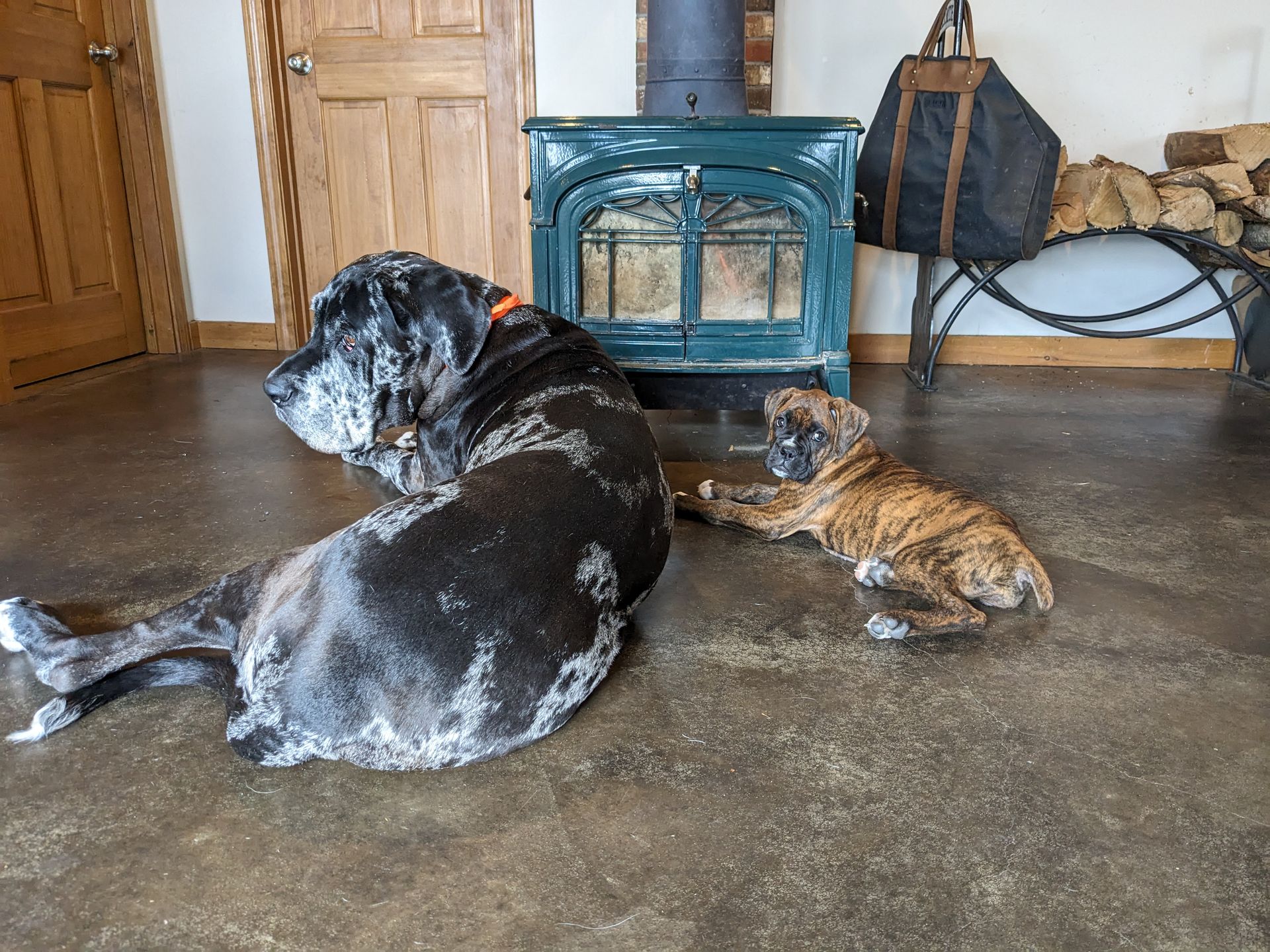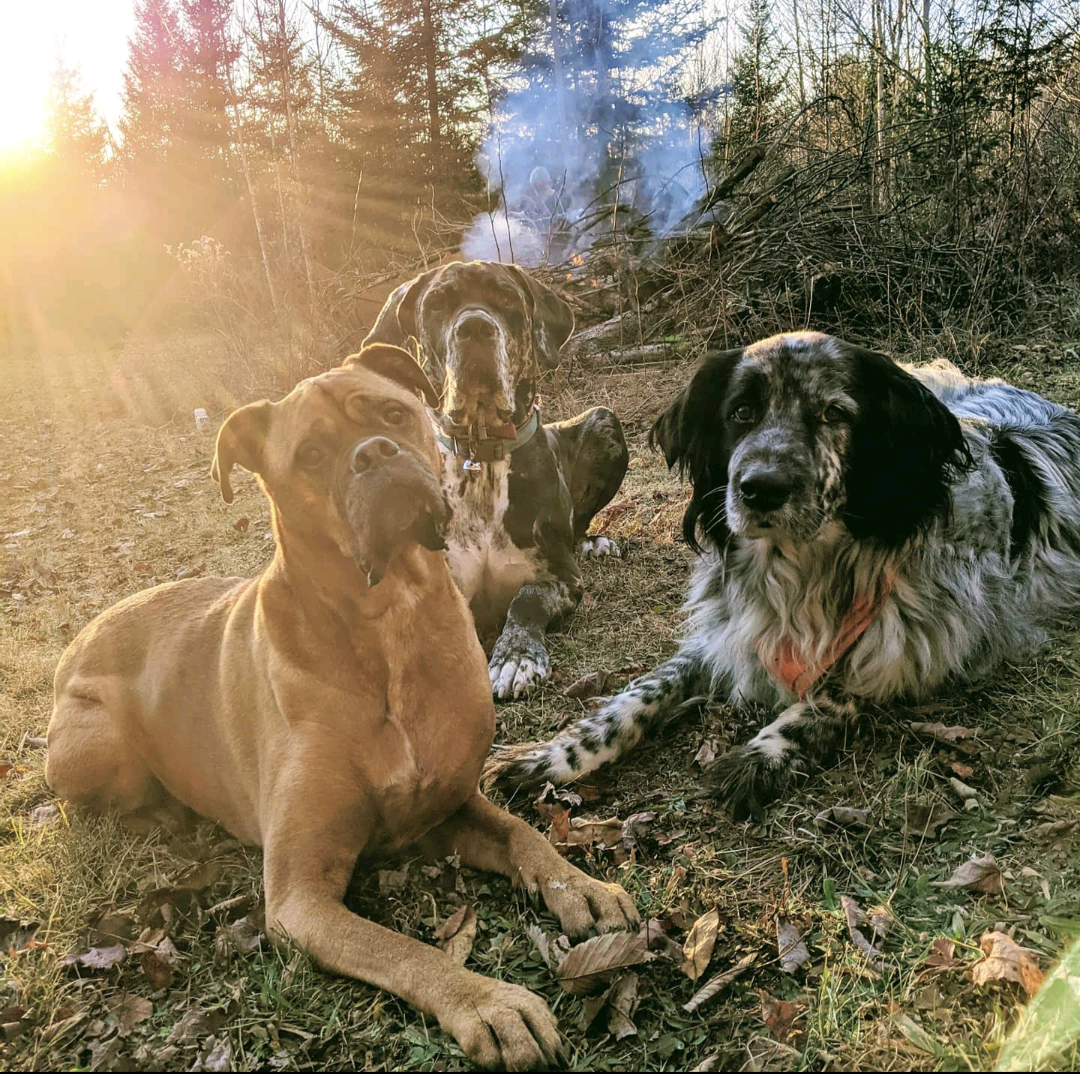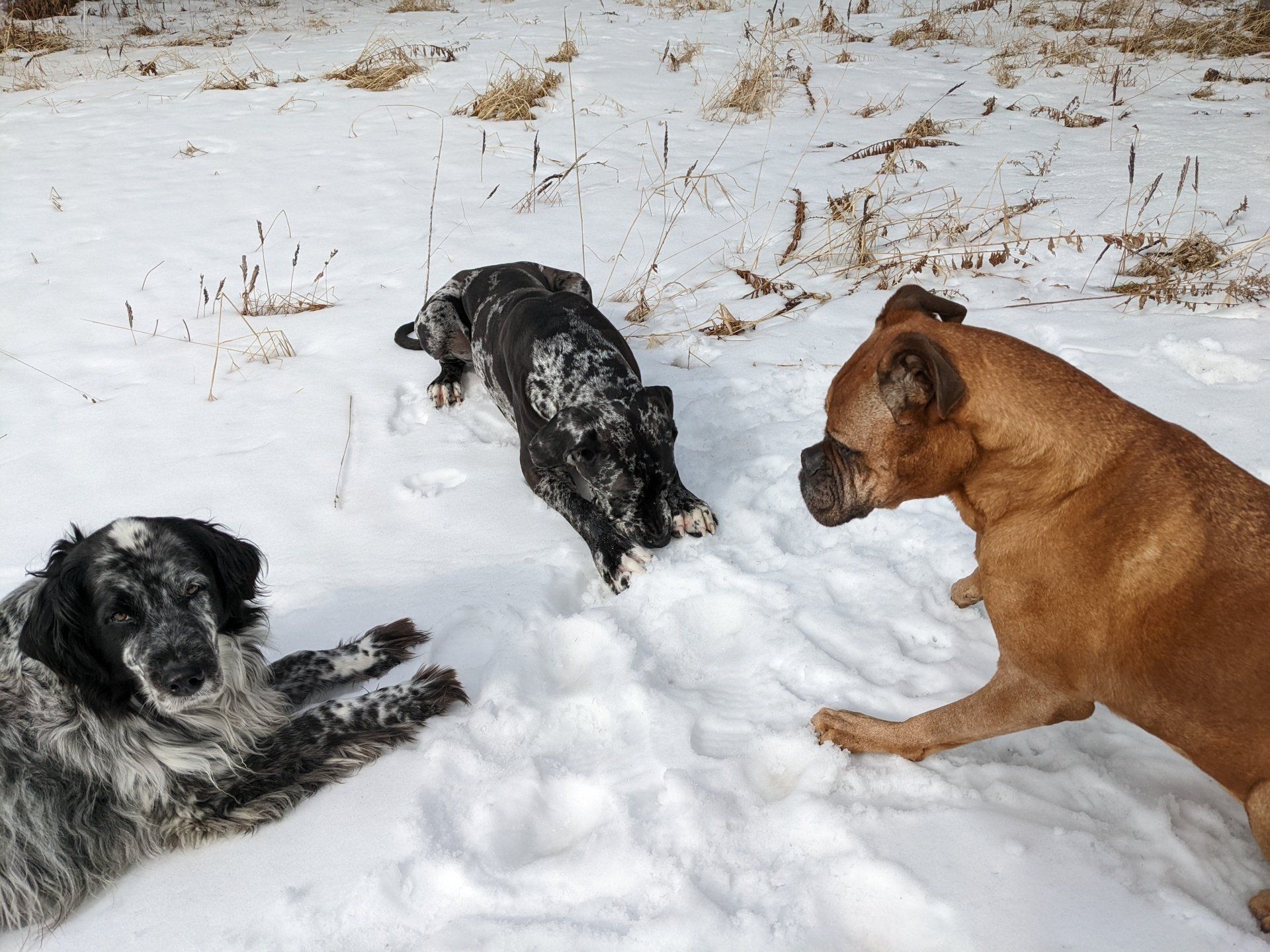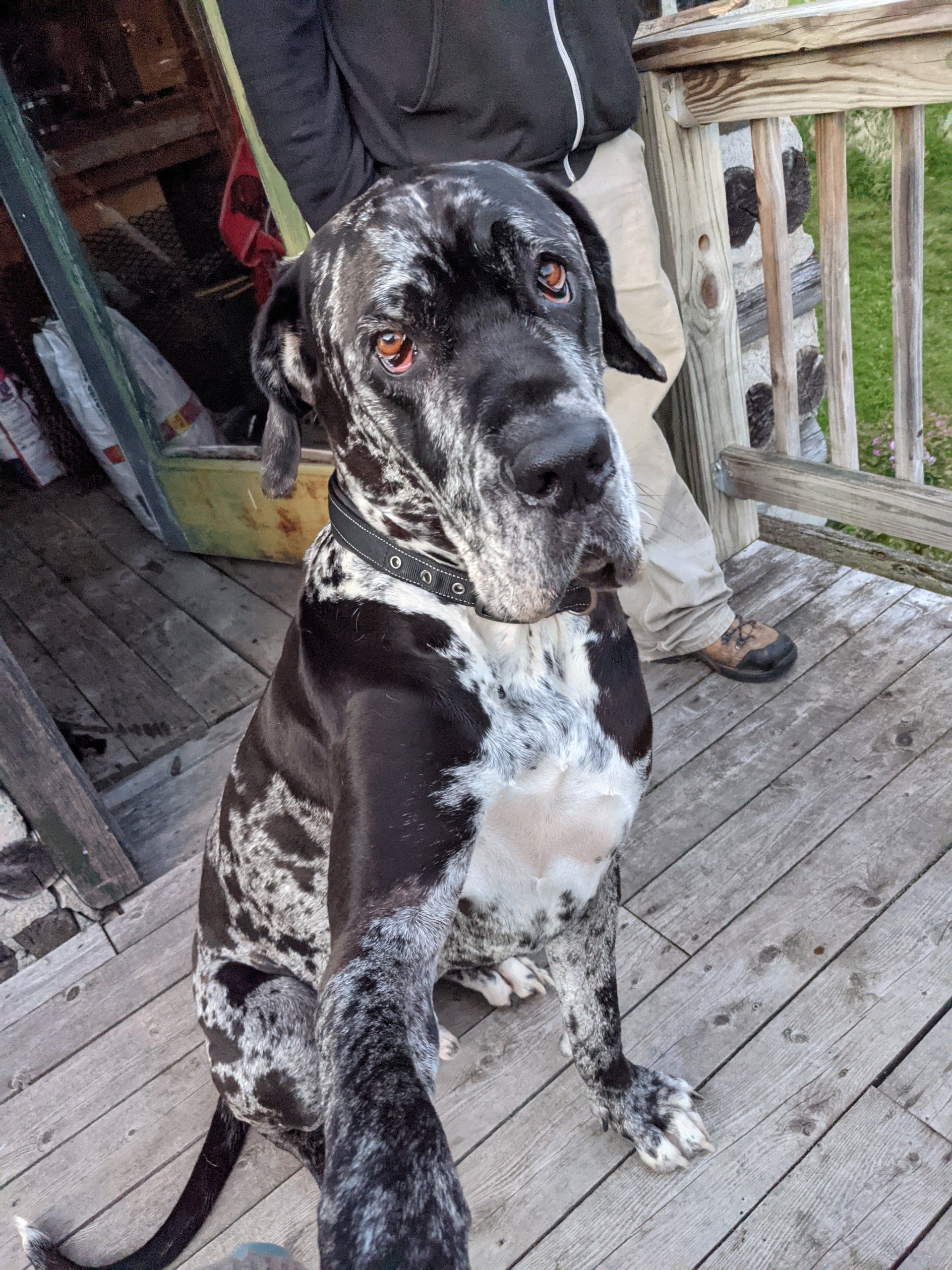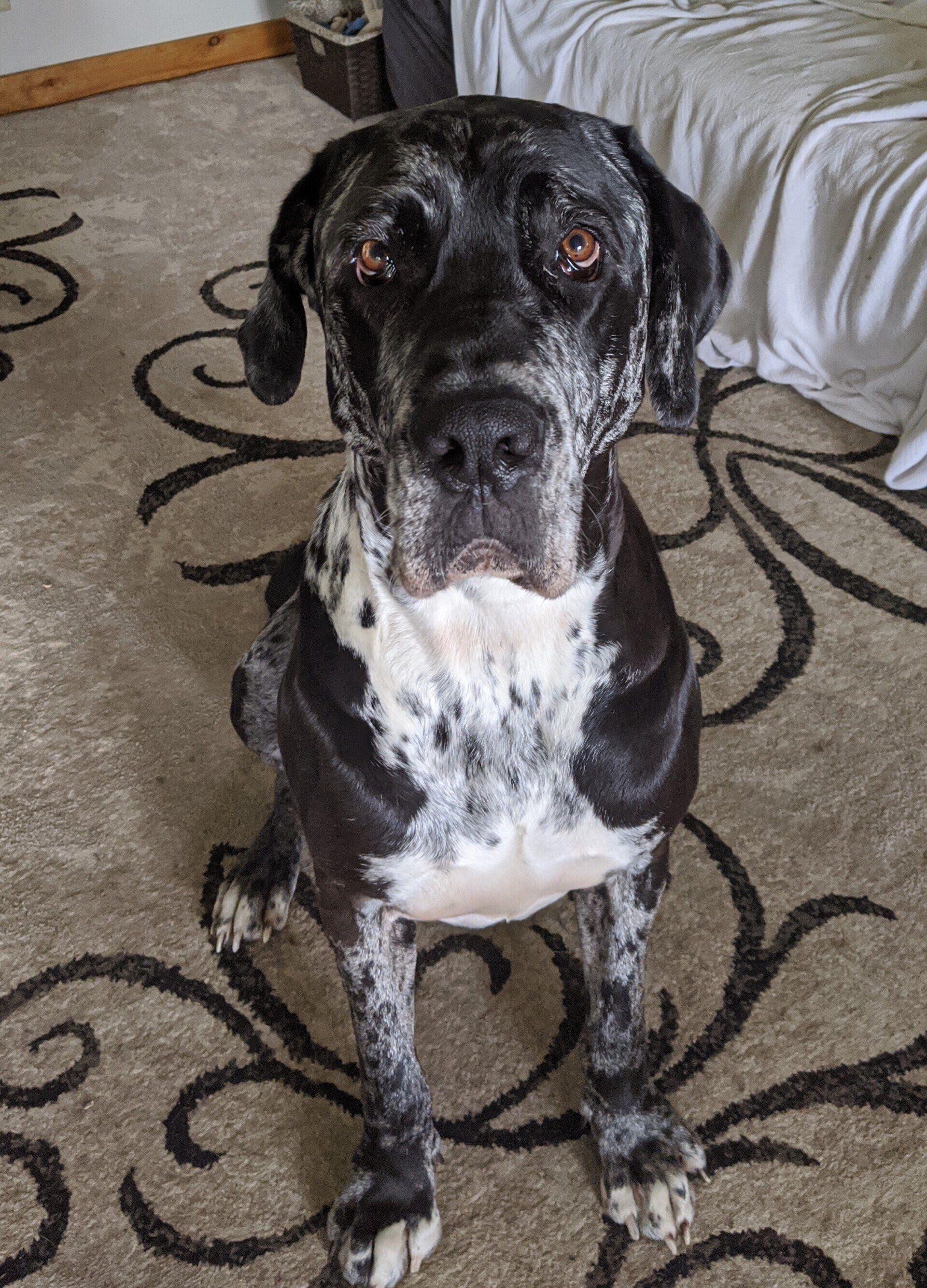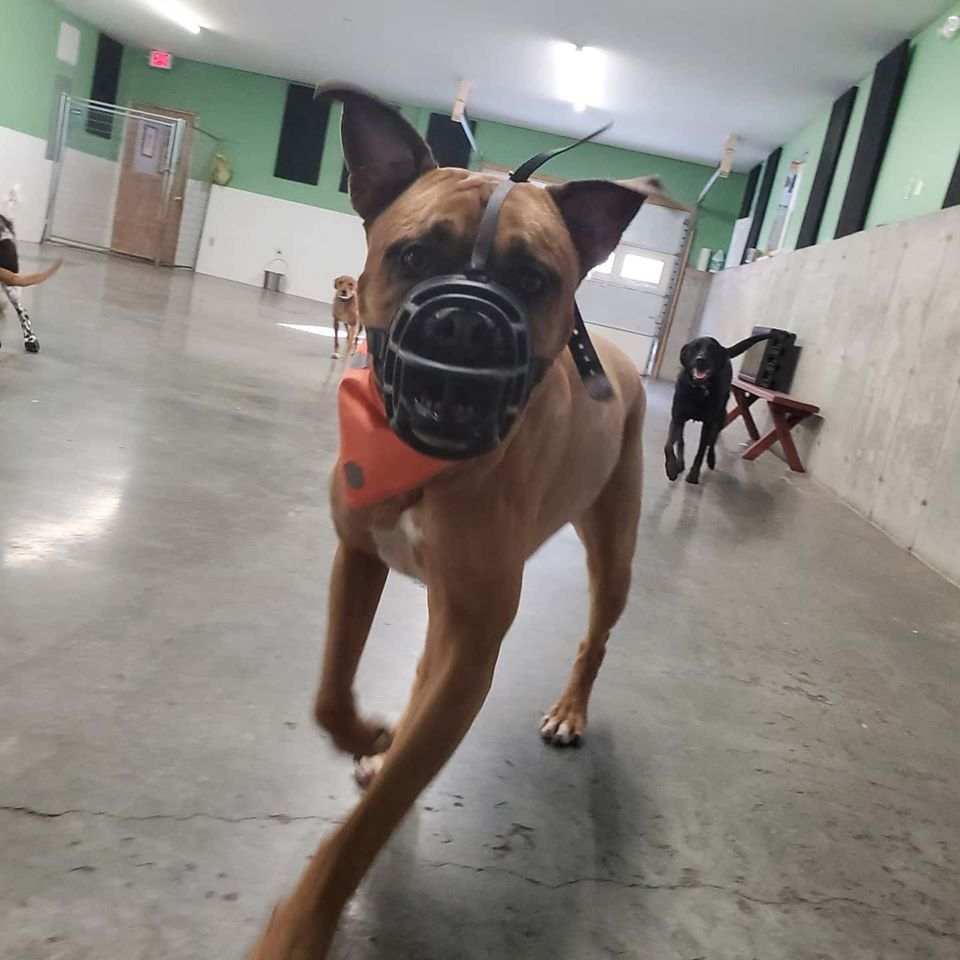How to Effectively Communicate with Your Dog
Opening the lines of clear communication
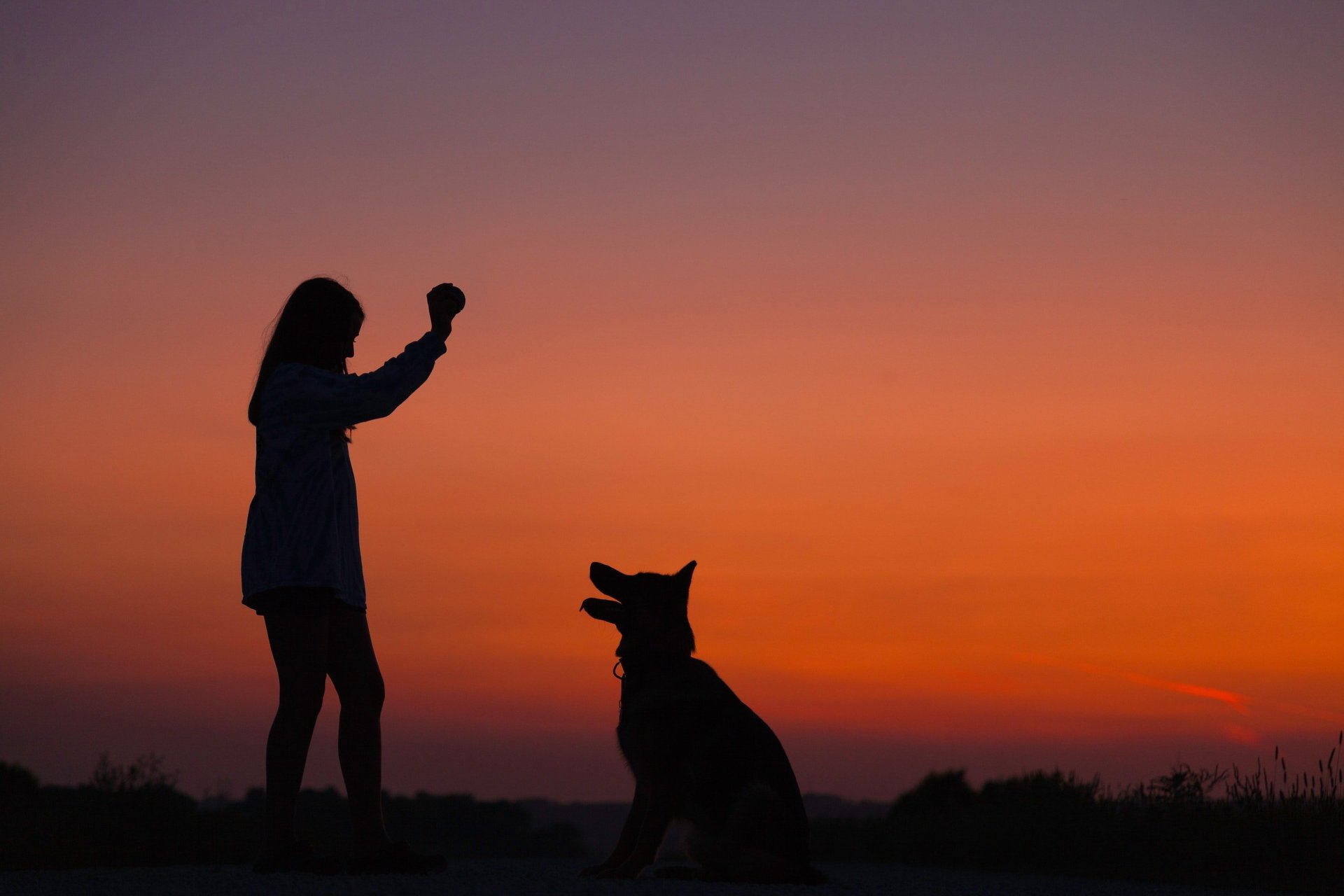
Yesterday, I was reading about delegating tasks as a way to get more accomplished and there was a sentence that stuck out to me. “No one can give you what you want unless you clearly ask for it.” I immediately knew I had to explore this further as it relates to communicating with dogs. You see, we are always communicating with our dogs (and with each other). Humans tend to believe that verbal communication is the only real form of communication, but that couldn’t be further from the truth, and in fact most experts agree it is the smallest portion of communication (and that is absolutely true when it comes to dogs!) Non verbal communication says so much more. Think body language, gestures, averting your eyes, being fully present in the conversation or being “somewhere else”, etc. Dogs read our body language so much more than they listen to our words.
So, if no one can give us what we want unless we clearly ask for it, and dogs watch us more than listen to us… how are you asking for things from your dog? When you tell your dog to sit, are you moving your hands around a lot? Are you asking repeatedly? Are you moving into his space to push his butt down to the ground? Are you feeling rushed and frustrated wishing your dog would just sit for you? If so, you may not be communicating what you think you are. We have a saying up here that goes, “If you say it once, you’re telling. If you say it multiple times, you’re asking.” You’re muddying up the waters for your dog. Instead, say it once. It’s even better if you have a hand gesture that goes with it. Stay calm in your body and trust that your dog will understand you. When he does, that’s when you reward, that’s when you add all the words (praise!). But the act of communicating what we want needs to be clear and concise, and if you’re moving all around and talking a whole bunch, your dog is probably getting confused!
There is a massive language barrier between us. This is not a verbal language barrier, it’s a species language barrier. Your dog might associate certain words with certain things, but he does not understand the full sentences. All he knows is that you’re giving him lots of attention and verbalizing a lot of words towards him when he’s jumping all over your guests (in general, attention is the equivalent to “yes” to a dog). He doesn’t know you’re saying “Baxter get down! Don’t jump on aunt Ruby, she doesn’t want your muddy paws all over her nice blouse! Why do you always do this?! I swear he’s really a good dog!” (Side note, don’t feel bad, everyone does this, I just want to point out where this might be working against you!). In this scenario, all forms of your communication are all over the place and your dog doesn’t know he’s doing anything wrong. Imagine instead, you had practiced teaching your dog to “stay”, saying it once with a hand gesture and stepping back once. A few times later, stepping back twice. Then working up to having your dog stay and turning the door knob. Eventually you’ll be able to open the door fully. Finally, you’ll practice with guests coming over, and if your dog breaks the stay command, you go back a few steps and keep building that foundation with more basic steps. Eventually, your dog will know exactly what you want from him, because you will have communicated it effectively and taught him how to act. Clear, articulate (in dog terms!), baby steps is the way to effective communication. And when it comes to verbalizing what you want, less is always more.


